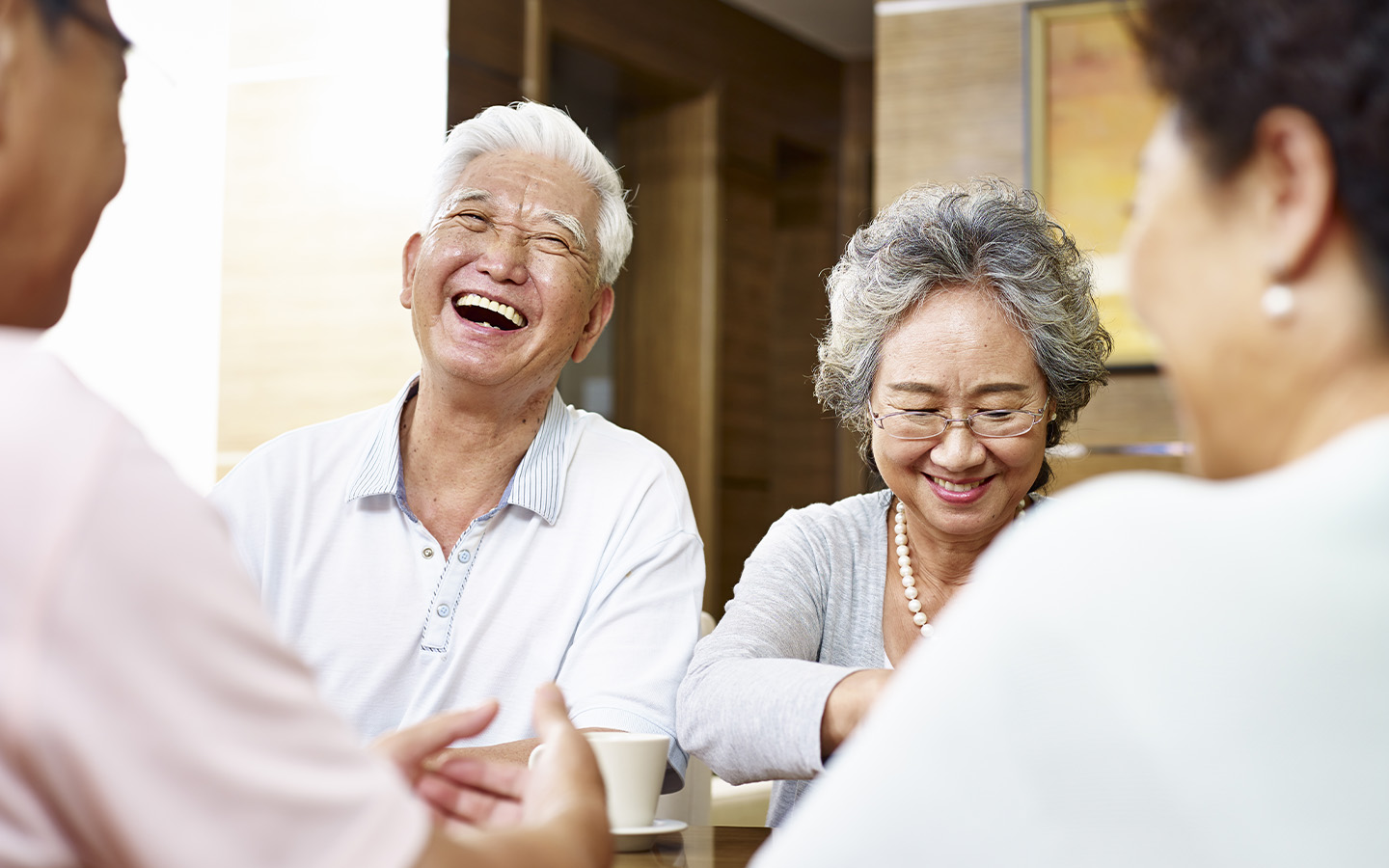
POTTSTOWN — Provisions in the “Big Beautiful Bill” signed into law by President Trump on July 4 are making it harder for veterans and low-income residents to obtain and continue to receive federal food aid, local, state and federal elected leaders warn.
Standing in front of racks of fresh produce at the Cluster of Religious Communities food bank on Franklin Street, U.S. Rep. Madeleine Dean, D-4th Dist., state Sen. Art Haywood, D-4th Dist. and state Rep. Joe Ciresi, D-146th Dist., decried the provisions of the bill and said it was designed to discourage people from seeking the aid.
“The cruelty is the point. My blood is boiling,” Dean said of the new rules covering the federal SNAP program, which stands for Supplemental Nutrition Assistance Program.
“Cynically, they are trying to sell this as ‘work requirements,’ which is a bigoted old chestnut saying anybody who needs help must be lazy,” Dean said. “This administration wants to throw people off supplemental food assistance to pay for tax cuts for the wealthy, and they’re blowing up the deficit. I am so angry about all of this.”
All About the Data
All of this is happening “while food prices are going up, as a direct result of this administration’s chaotic tariffs,” Dean said, adding the administration has killed off requirements to keep national hunger statistics. “You just end the reporting, so you don’t collect the data, so you can deny there’s a problem.”
At the same time, the federal government is discontinuing its collection of data on hunger, but it has stepped up efforts demanding that states provide personal data on those who access the SNAP program.
The U.S. Department of Agriculture recently demanded five years’ worth of data — including Social Security numbers and other information — about Pennsylvanians who receive SNAP benefits. Citing privacy concerns, the state declined to hand over the records for a Sept. 19 deadline. “Court records show that on the next day, USDA ‘disallowed’ $115 million of funds earmarked for the state’s food-assistance program,” WHYY reported Thursday.
“That would cut roughly 10 percent of the federal reimbursement Pennsylvania receives every three months. The USDA threatened similar cuts each quarter, until the state hands over data on its two million food-stamp recipients,” according to the report. Pennsylvania has since joined a 22-state lawsuit to prevent those actions.
Lots More Paperwork
Chief among the new requirements, every month, adults aged 18 to 64 without disabilities must provide proof of 80 hours of work, volunteering, time in classes or job training. Additionally, those who receive SNAP benefits must reapply every six months, explained Erin K. Serre, policy director for Haywood’s office.
Most of the SNAP changes began Sept. 1, but starting on Nov. 1, “being a veteran or a current or former foster youth age 18-24 will no longer be an exemption” from the work requirements, according to the state website dedicated to helping people navigate the changes.
Those who fail to report on time will then be limited to only three months’ worth of SNAP benefits in the next three years, said Haywood.
That kind of requirement will be extremely difficult for people who are homeless, said Haywood. “If they don’t report monthly, they will fall through the cracks. That is going to be a tremendous challenge for people who don’t have a permanent address, or whose address changes constantly,” he said.
All of this will put pressure on “the charity network,” Haywood said. “Charity provides one meal for every nine provided by SNAP,” Haywood said. “The charity network cannot fill that gap.”
Jacqui Good, executive director of the Cluster of Religious Communities, said the food bank the Cluster operates feeds 22,000 people a year, but she is very worried about the current year’s budget.
She said despite the fact that Pennsylvania successfully sued the Trump administration to reinstate Department of Agriculture cuts to local food programs, the lack of a state budget means that money is sitting in Harrisburg “instead of helping us buy milk and eggs.”
Impacts Disputed
The big beautiful bill will “cut $187 billion in federal spending through 2034 (about 20 percent), according to the Congressional Budget Office — the largest cut to SNAP in history,” the progressive Washington, D.C.-based Center on Budget and Policy Priorities reported.
According to a post about the Big Beautiful Bill posted on The White House website, “only 28 percent of able-bodied adults on SNAP work. The One Big Beautiful Bill promotes work, responsibility, and restores SNAP to serve the truly needy. SNAP enrollment remains high even in a strong economy, including millions of able-bodied adults who could work. In fact, almost three-quarters of able-bodied adults without dependents on SNAP have no earned income. The mission of the program has failed. SNAP was intended to be temporary help for those who encounter tough times — we are strengthening this program to serve those who need it most.”
But some researchers say nearly 100,000 people will die prematurely as a result of the cuts.
In July, Dr. Sameed Khatana, assistant professor of cardiology at the University of Pennsylvania School of Medicine, and Nicholas Illenberger, assistant professor, Department of Population Health at New York University’s Grossman School of Medicine, warned House Speaker Mike Johnson and Senate Majority Leader John Thune about the negative health impacts of the SNAP cuts.
They wrote that one 10-year study found those on SNAP had a lower likelihood of becoming diabetic. Another study found SNAP enrollment is statistically associated with fewer deaths from heart disease.
Cutting benefits to the 3.2 million Americans projected to lose SNAP benefits under the bill, “would result in 93,000 premature deaths due to the loss of SNAP between now and 2039,” they wrote.
In June, the national NAACP organization “came out against the SNAP cuts,” said Johnny Corson, president of the Pottstown chapter. “Black households have higher rates of food insecurity and rely on SNAP for food assistance at higher rates than white households, due to systemic economic inequality,” he said.
Food Insecurity Rising in Montco
Food insecurity in Montgomery County is growing at the time the SNAP cuts are being enacted. According to Feeding America, 9.9 percent of Montgomery County’s population, or 85,500 people, were food insecure in 2023, and 40 percent of the population was below the SNAP threshold.
According to a 2024 Montgomery County report, SNAP enrollment in Montgomery County tripled, from 17,194 in 2004 to 62,700 in 2023, according to information provided by Ciresi’s office.
In May, Montgomery County announced the allocation of $600,000 to fund a new food systems infrastructure grant program to support projects that create a more equitable and sustainable food system, but Good said the Cluster outreach center did not get any of that money.
Where to Get Help
All of the additional SNAP requirements will balloon the caseload at the already overburdened Pennsylvania Department of Human Services, which has not received additional funding or personnel to deal with the jump in workload, said Ciresi, adding, “and they’ve been overburdened and underfunded for years as it is.”
Sam Applefield, food policy program coordinator for Montgomery County Department of Public Health, said four organizations can help SNAP recipients navigate the new rules.
They are:
• ACCLAMO, a Hispanic advocacy group that has offices on West Marshall Street in Norristown, and also has a Pottstown office at 515 Walnut St.
• CADCOM, the Community Action Development Commission, which has offices on Main Street in Norristown.
• The Open Link at 452 Penn St. in Pennsburg.
• VNA, the Visiting Nurse Association Community Services, which has offices in Abington, Lansdale and Norristown.
Local Impacts
These and other changes to SNAP “will have an impact on our communities like that of an asteroid hitting Earth. There’ll be a ground zero and then ripples outward from the impact. None of us will be unaffected,” Ciresi predicted.
“At ground zero, it’s the 144,000 Pennsylvanians — 430 in my district — who will lose 100 percent of their SNAP benefits. These food-insecure people will now have to decide whether to eat or to spend their money on necessities — such as rent and utilities or transportation, or even laundry detergent for clean clothes,” he said.
“Next, the grocers, food retailers and farms in PA that were supported by $366 million in federally funded food assistance benefits in 2024 will be left scrambling. Some employees will lose their jobs, and some places will close. Farmers are already suffering. The food accessibility pipeline they are part of, and we all depend on, will be disrupted,” said Ciresi.
Haywood said he spoke “with the owner of a grocery store in my district. He told me eight out of ten of his customers are SNAP recipients. As a result of these changes, he may have to cut hours, fire workers or close the store, making that area even more of a food desert.”
Those words sounded familiar to Ronald Reeves, co-owner of the Deliah and Dean Market on High Street.
“This is going to have a tremendous impact on a lot of individuals,” said Reeves, who explained that he and his wife opened the store because “parts of Pottstown are a food desert.”
Said Reeves, “Many of my customers are SNAP recipients, and it just seems to me this policy is designed to hurt people. What is required of us is to come together to try to get through this.”
‘It’s Not Fair’
Bruce Heffernan, a regular customer at the Cluster food kitchen, is wondering how he is going to get through this.
Each week, Heffernan, who needs a walker to get around, receives a paltry $65 a week in SNAP benefits to help cover his food bill.
“I can spend that in about five minutes, said Heffernan.
“Every year my Social Security benefit goes up a little bit, but then my SNAP benefit goes down by the same amount,” he said. “Given that my rent keeps going up, I’m taking a loss. It’s not fair.”



